In the vast field of industrial production and environmental protection treatment, solid-liquid separation is a crucial technical link. It can not only improve the purity and quality of the product, but also effectively reduce the discharge of wastewater and waste residue, which is of great significance to environmental protection and resource recycling. Among the many solid-liquid separation methods, centrifugal separation has become a popular choice for many industries due to its high efficiency, rapidity and strong adaptability.
1. The basic principle of centrifugal separation
Centrifugal separation, as the name suggests, is a technology that uses centrifugal force to separate solids and liquids in a mixture. In a centrifugal solid-liquid separator, this process is achieved through a high-speed rotating drum or centrifugal disc inside the equipment. When the mixture to be treated is introduced into the drum, as the drum rotates faster, the components in the mixture begin to be subjected to different centrifugal forces due to differences in physical properties such as density and mass.
Specifically, due to their high density, solid particles will quickly move to the drum wall under the action of centrifugal force, and settle there to form a solid phase layer. Liquids, however, are subject to relatively small centrifugal forces due to their low density and cannot cling to the drum wall like solid particles. Therefore, in most cases, they are discharged through a specific outlet of the drum. This separation method based on differences in physical properties is not only simple and direct, but also effective.
2. Advantages and applications of centrifugal separation
The reason why centrifugal separation stands out among many solid-liquid separation technologies is mainly due to its advantages in the following aspects:
High efficiency and speed: Centrifugal separation can effectively separate a large number of mixtures in a short time, greatly improving production efficiency.
Strong adaptability: Whether it is dealing with large or small particles of solids, centrifugal separation can show good separation effects. At the same time, it can also adapt to liquid mixtures of different concentrations and viscosities.
Energy saving and environmental protection: No chemical reagents need to be added during centrifugal separation, reducing the risk of environmental pollution. At the same time, due to the high separation efficiency, the load of subsequent processing links is reduced, which helps to achieve energy saving and emission reduction.
Based on the above advantages, centrifugal separation technology has been widely used in many fields. In the food processing industry, it is widely used for the clarification and concentration of products such as juice and dairy products; in the pharmaceutical industry, centrifugal separation is used to extract drug components and purify liquid medicines; in the field of environmental protection, centrifugal separation is one of the important means of treating industrial wastewater, sludge and other solid waste liquids.
3. Future development of centrifugal separation technology
With the continuous advancement of science and technology and the increasing diversification of industrial production needs, centrifugal separation technology is also constantly innovating and developing. On the one hand, the research and development and application of new materials have made the performance of centrifuges more superior, such as high-strength and corrosion-resistant drum materials that can extend the service life of equipment; on the other hand, the introduction of intelligent and automated control technology makes the centrifugal separation process more accurate and efficient.
In the future, with the continuous improvement of environmental awareness and the in-depth implementation of energy-saving and emission reduction policies, centrifugal separation technology will show its unique charm and value in more fields. We have reason to believe that driven by scientific and technological innovation, centrifugal separation technology will surely usher in a broader development prospect.


 ENG
ENG
 English
English русский
русский Español
Español Tiếng Việt
Tiếng Việt ไทย
ไทย
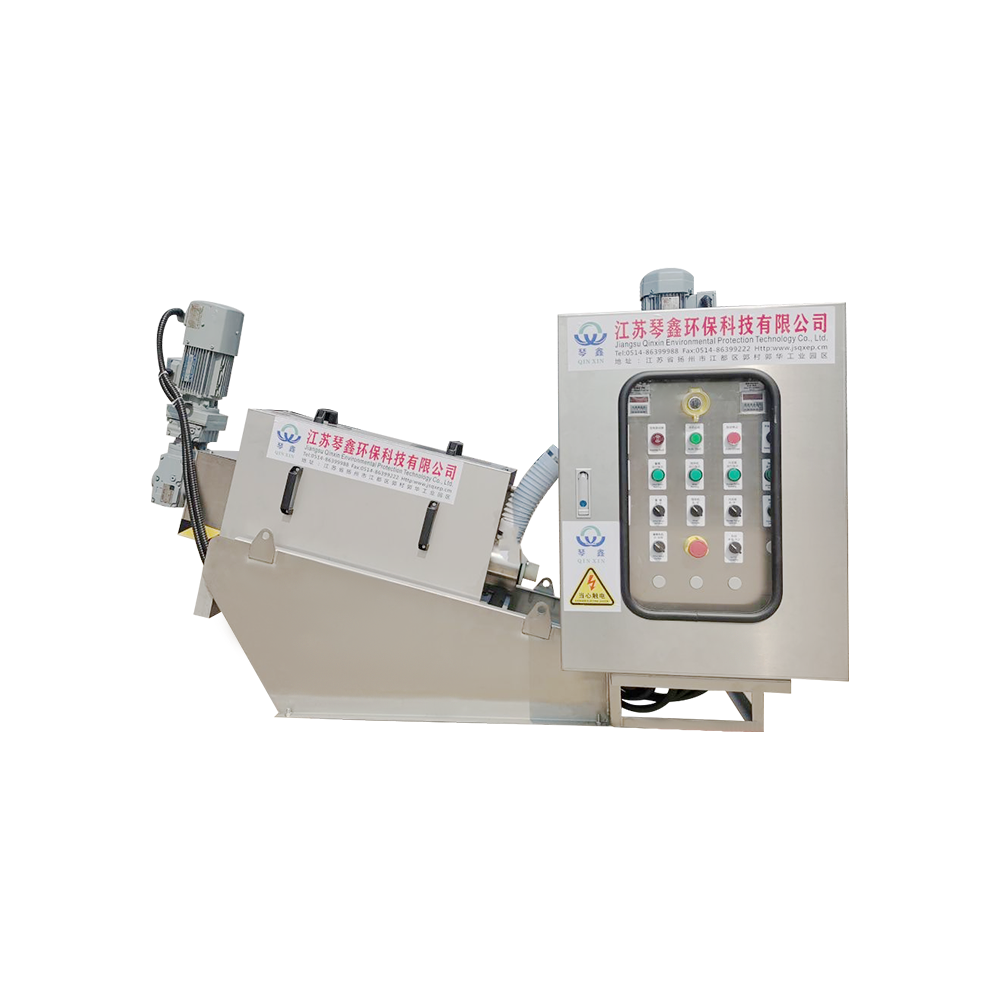
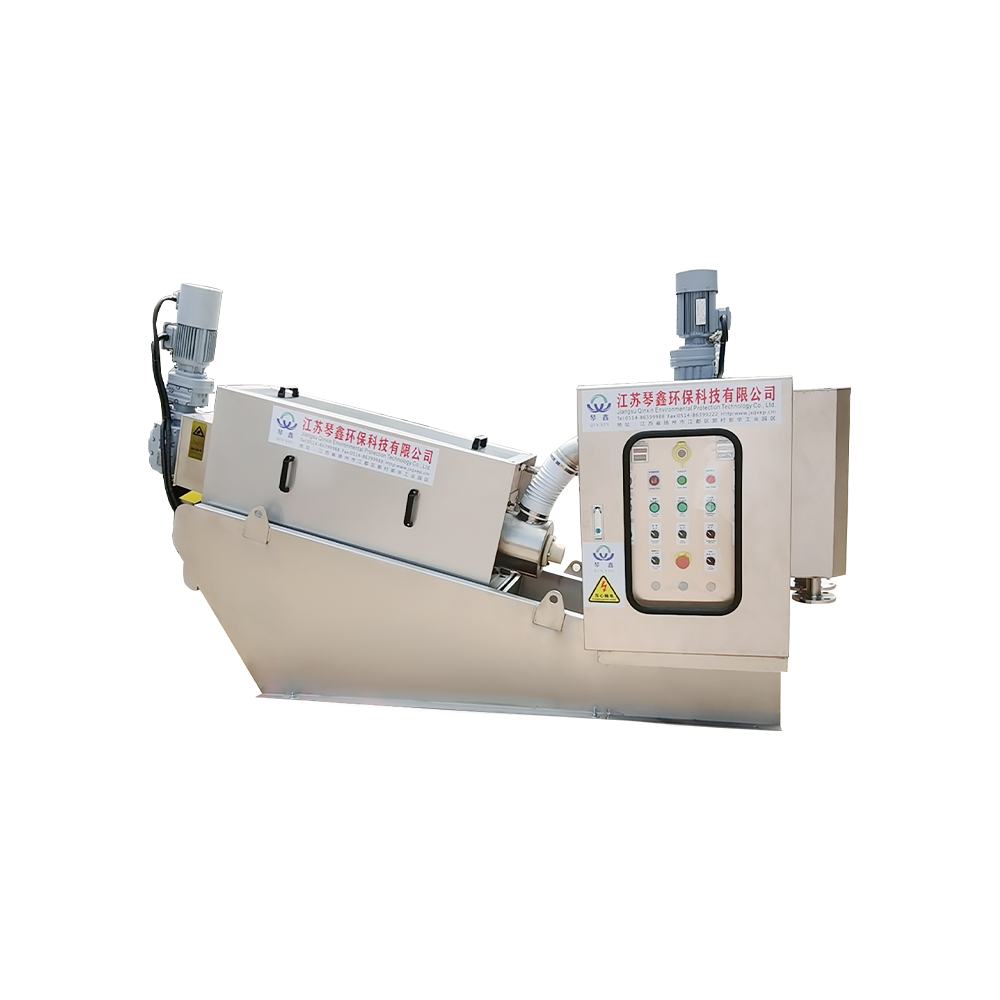


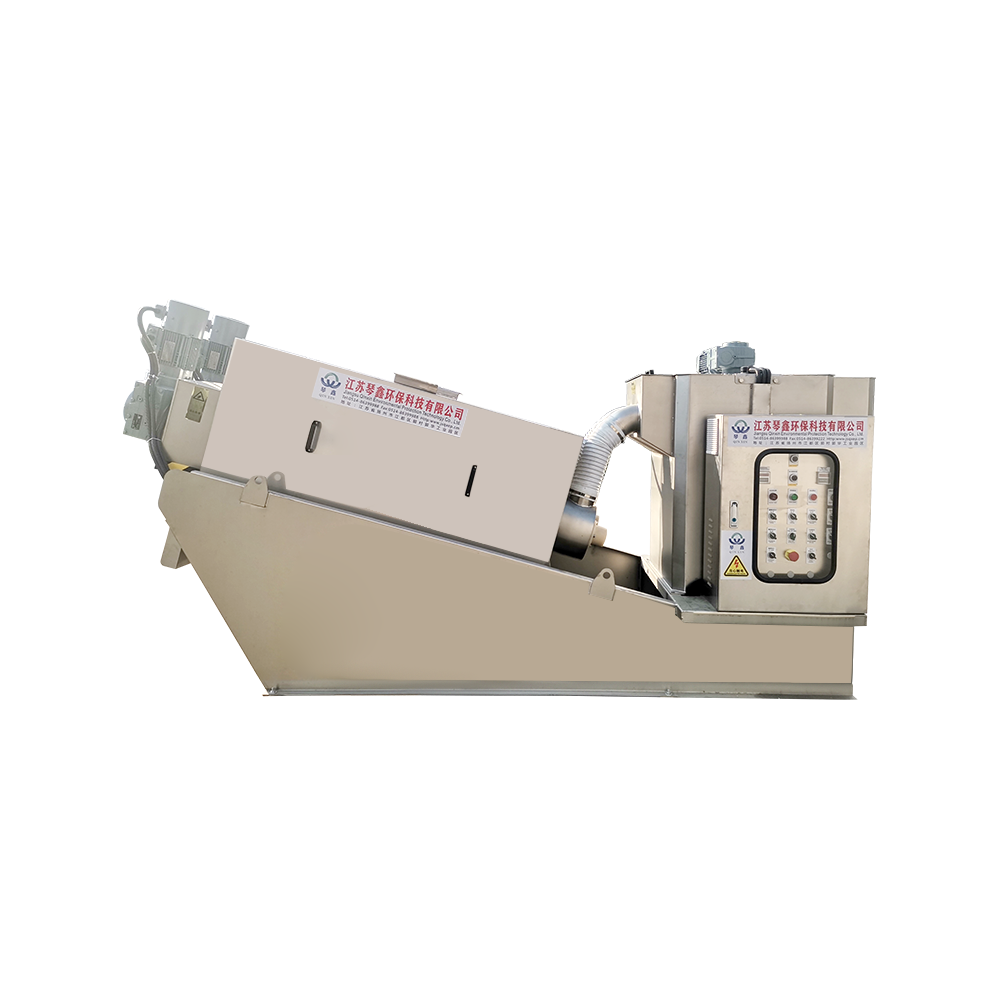

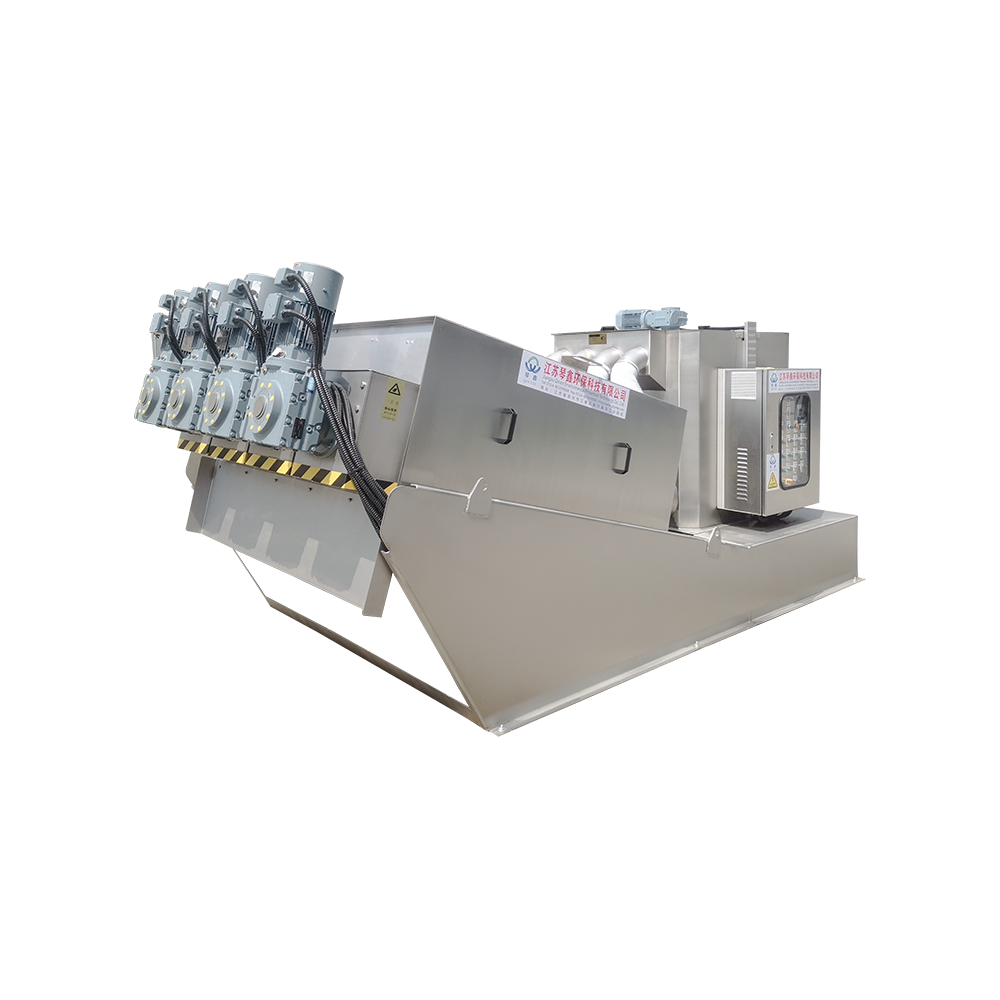
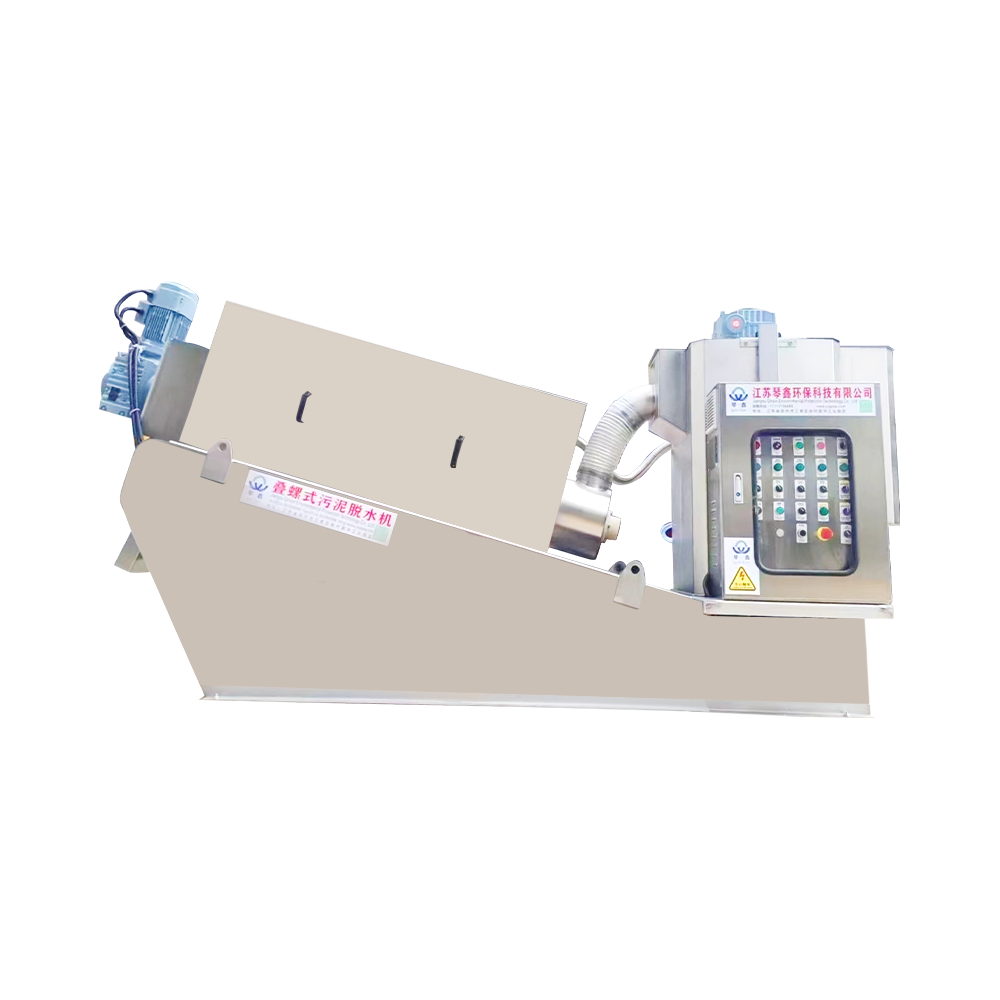
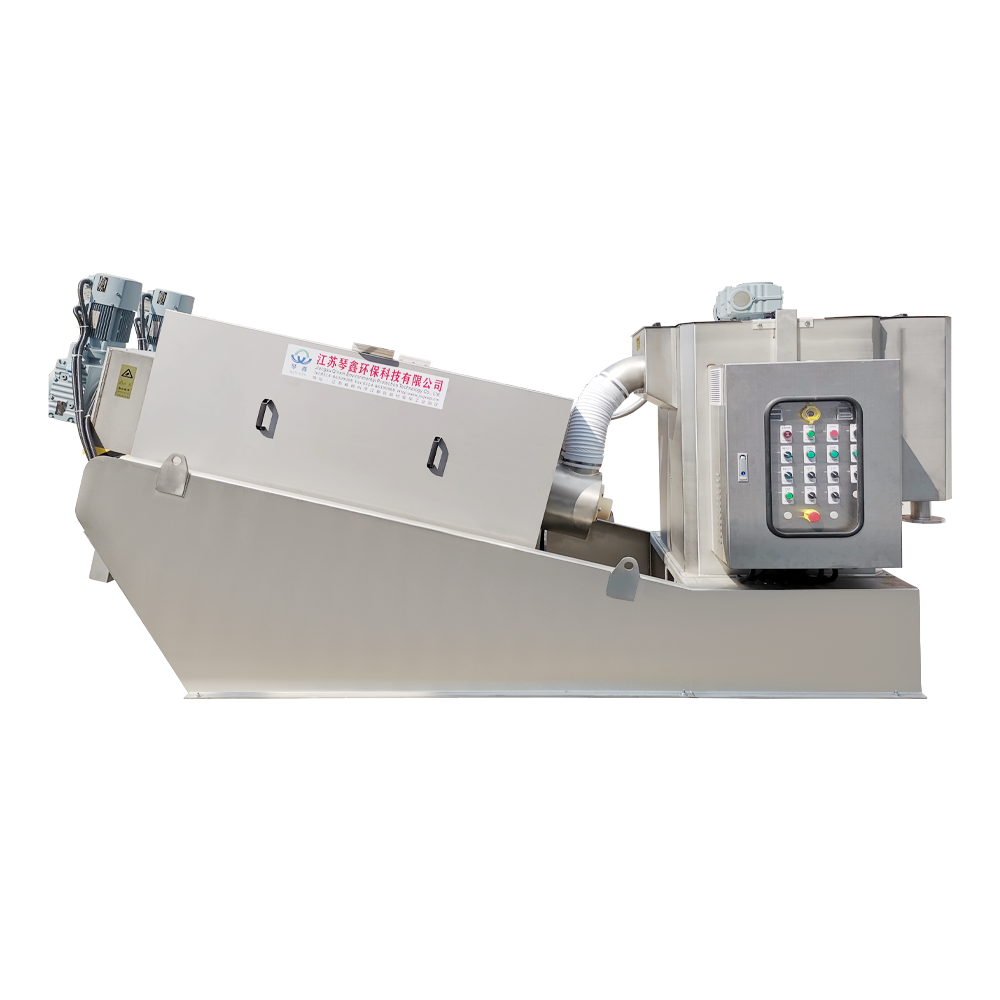
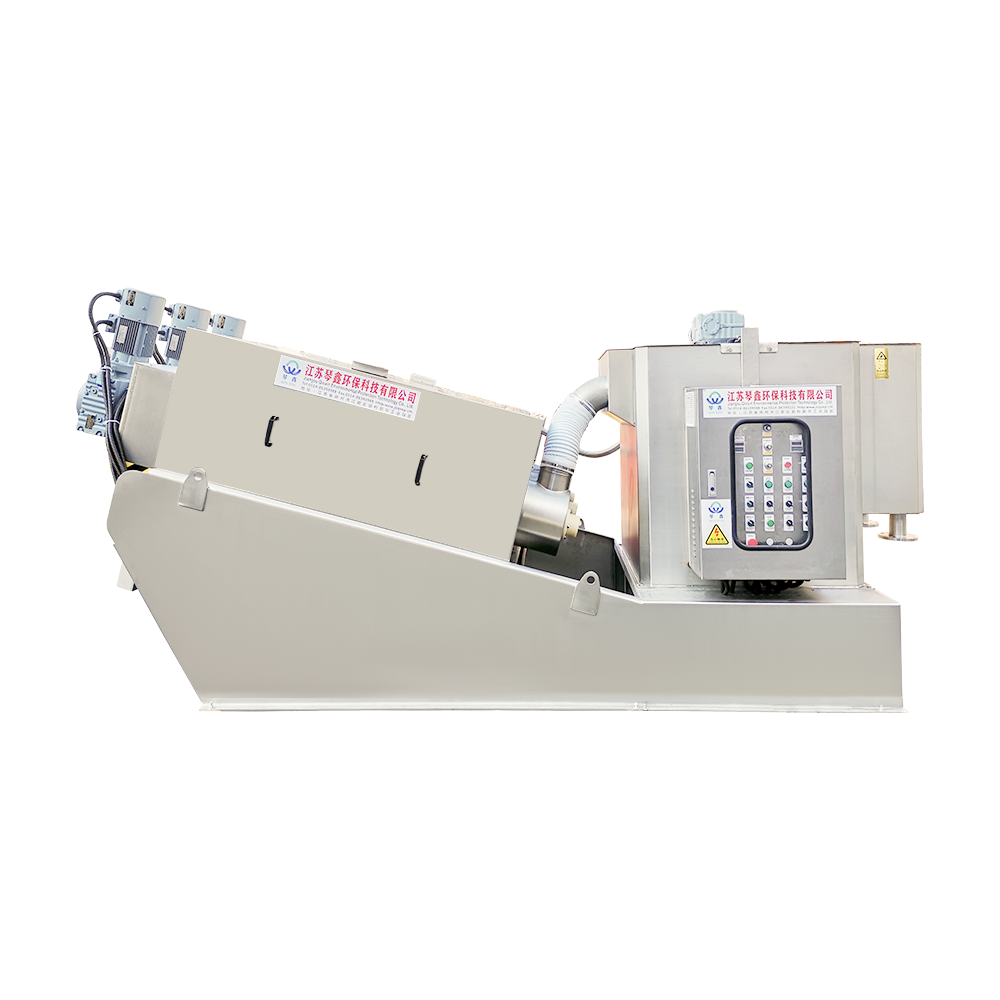
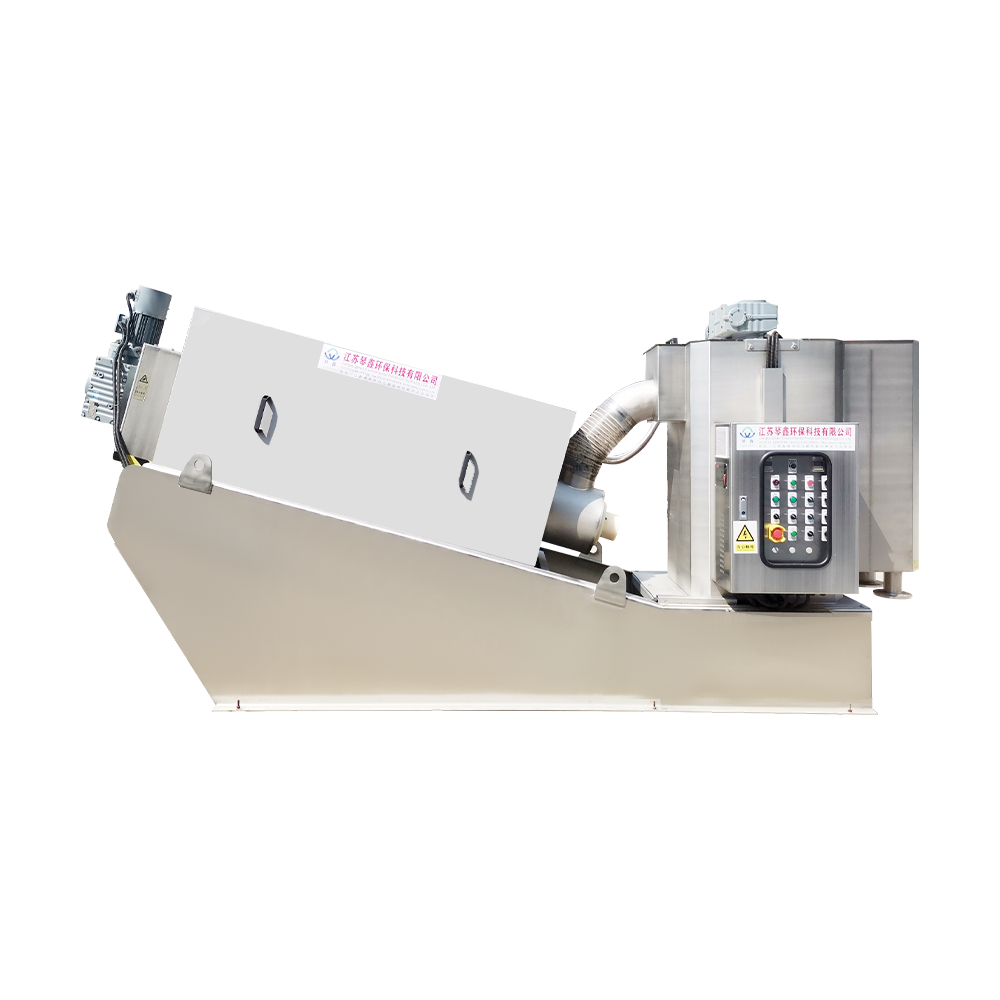

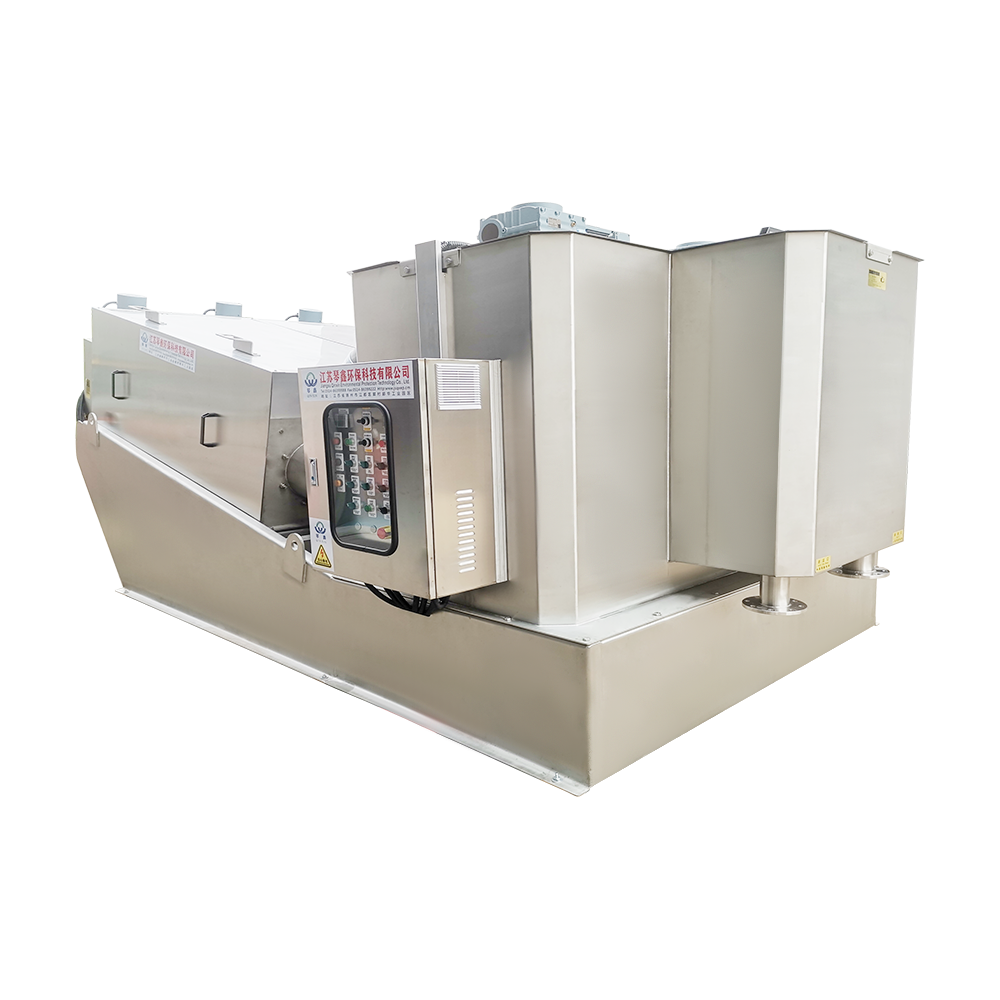
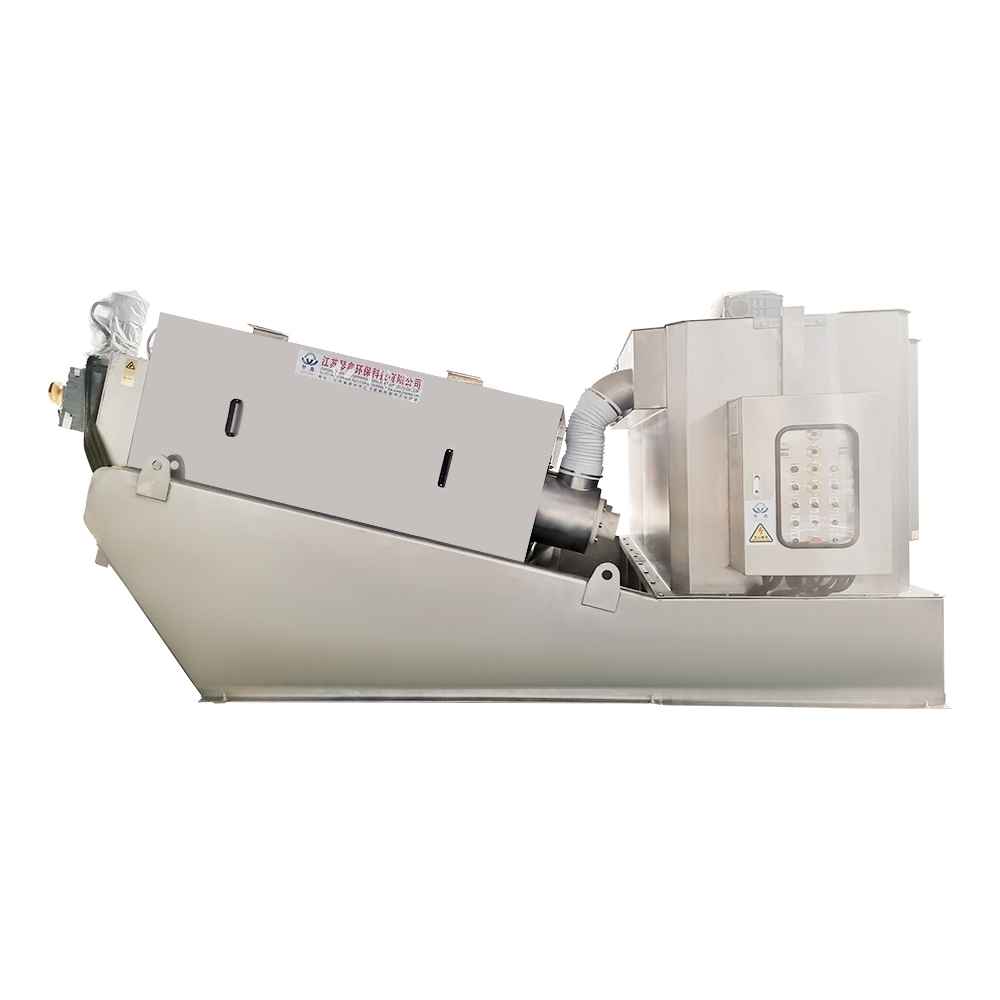
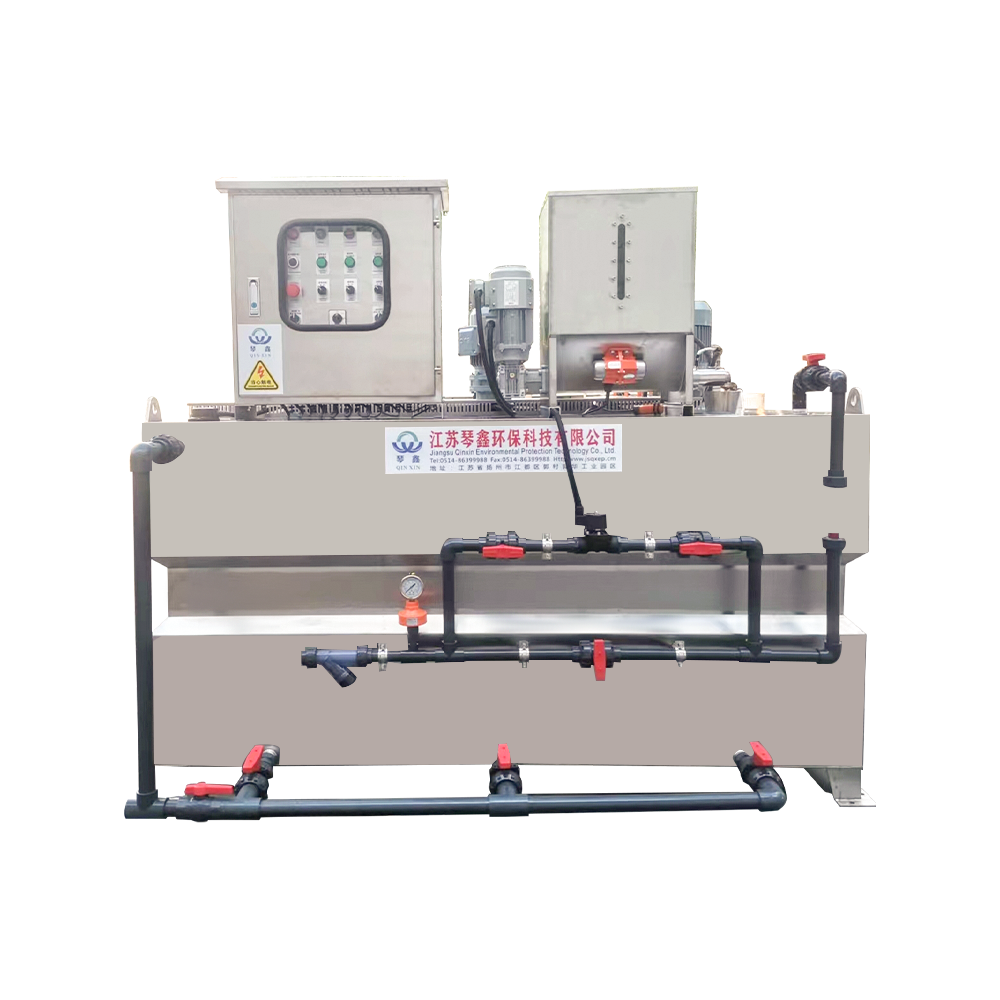

 TOP
TOP